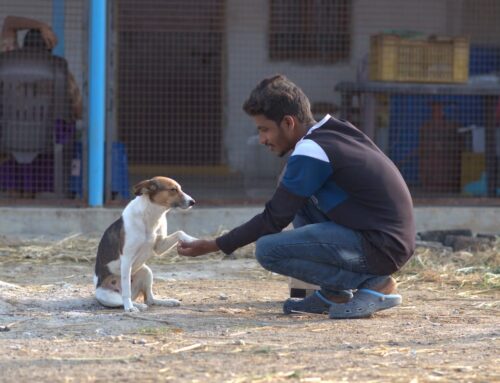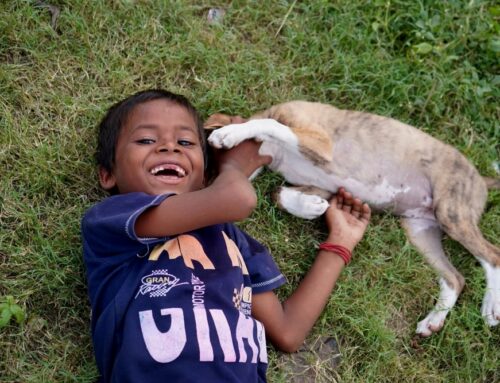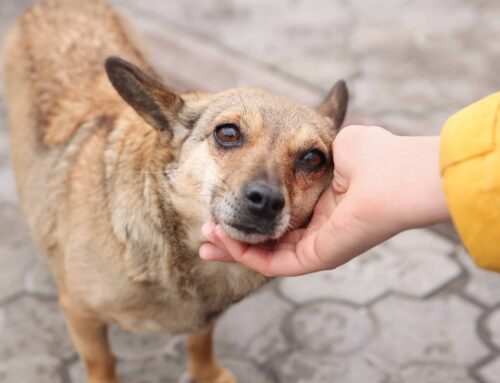Why Do People Abuse Animals?
Why do people abuse animals? This is a question that many animal lovers and activists often ponder. Animal abuse is a widespread problem with severe consequences for both animals and humans. To better address this issue, it is essential to understand the underlying reasons and the negative outcomes of such behavior. This article will delve into the motivations behind animal abuse, the consequences it entails, and the steps we can take to combat it.
The Reasons Behind Animal Abuse
Understanding why people abuse or kill animals is essential in order to effectively address and prevent such cruelty. There are several reasons that contribute to this behavior, and they can be complex and multifaceted. Here, we delve deeper into these factors:
Lack of Empathy
A lack of empathy toward animals is a significant factor that drives animal abuse. This absence of compassion can stem from various sources:
- Mental health issues: Some individuals with mental health disorders may struggle to empathize with the suffering of animals or understand the consequences of their actions.
- Socialization problems: Those who have experienced inadequate or dysfunctional socialization during their upbringing may not have developed the necessary skills to empathize with others, including animals.
- Callous disregard: In some cases, individuals may be fully aware of the harm they are causing to animals but simply do not care. This can be due to a lack of moral values or desensitization to violence and suffering.
Power and Control
Abusing animals can provide a sense of power and control for some individuals, particularly when they feel powerless in other aspects of their lives. This can manifest in various ways:
- Domestic violence: In some cases, animal abuse is used as a tool to exert power and control within domestic violence situations, with the abuser targeting the victim’s beloved pets to manipulate and intimidate them.
- Bullying: Animal abuse can also be a form of bullying, with the perpetrator targeting weaker, more vulnerable beings to assert dominance and inflate their self-esteem.
Cultural Factors
Cultural norms and traditions can play a role in animal abuse, with some communities accepting or even encouraging cruelty toward animals:
- Traditional practices: In some cultures, practices that involve harming animals may be deeply rooted in tradition, such as ritualistic sacrifices or the use of animals in certain sports.
- Social acceptance: If a community generally accepts animal cruelty, individuals within that community may be more likely to engage in abusive behaviors toward animals without fear of social repercussions.
Ignorance
A lack of education or awareness about proper animal care and welfare can lead to unintentional harm:
- Misguided care: Some individuals may believe they are treating animals properly, but their actions may be causing harm due to ignorance about the animal’s specific needs and requirements.
- Neglect: In some cases, animal abuse occurs due to neglect rather than intentional cruelty. A lack of understanding about proper care may result in an animal suffering from malnutrition, illness, or injury.
- Lack of understanding: Many times, people may also abuse animals out of fear that stems from them not understanding animal behavior. In India, for example, most abuse occurs because of rabies and dog bite fear. India has the highest rate of rabies deaths in the world. Part of the abuse is because of a lack of knowledge of animal behavior, as people think every move a dog makes is to bite.
Financial Gain
Financial incentives can also drive individuals to exploit animals in cruel and harmful ways:
- Illegal dog fighting rings: Some people are drawn to the lucrative profits that can be made through illegal dog fighting, despite the immense suffering inflicted upon the animals involved.
- Wildlife trafficking: The illegal trade in wildlife and wildlife products can be a significant source of income for some individuals, leading them to engage in abusive practices such as poaching, trapping, and smuggling.
Understanding why people abuse animals is crucial for putting an end to this disturbing behavior. By recognizing the motivations behind animal abuse and the consequences that it brings, we can work together to create a safer world for all animals. If you witness animal abuse or cruelty, it is crucial to take action immediately.
At Stray Animal Foundation of India (SAFI), we are focused on helping stray animals in India receive the care and support they need. We work tirelessly to restore compassion to India’s relationship with its stray animals and ease the strain on the country’s overburdened shelter network. We do this in many different ways, including providing funding, shelter infrastructure, organizational support, vet care, supplies, guidance, resources, education, manpower, and more.
We rely on charitable contributions to continue the crucial work that we do, and 100% of contributions are deployed in the field. These donations directly affect the number of strays we are able to rescue, treat, and shelter. You can help us make a difference in the lives of India’s animals by donating to our cause today!










Leave A Comment